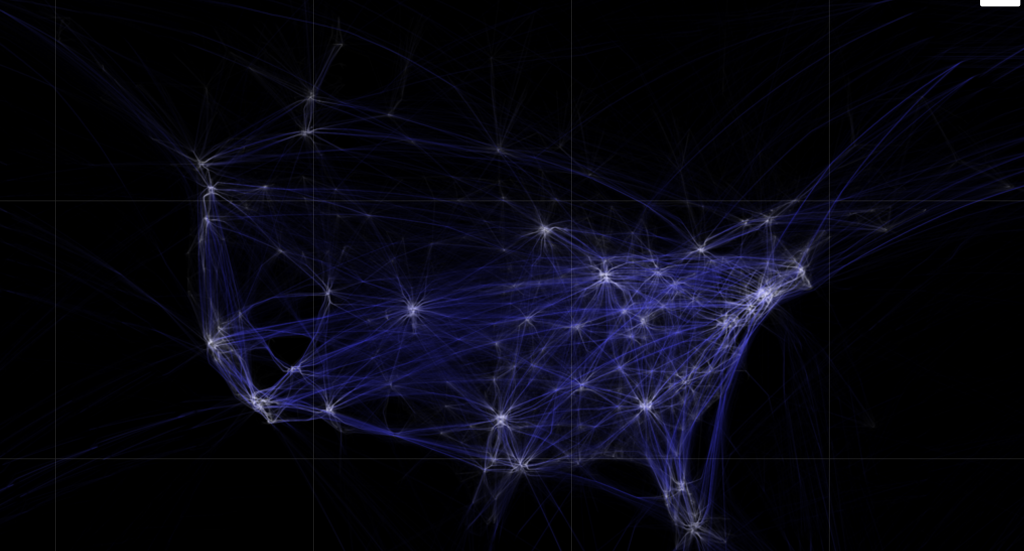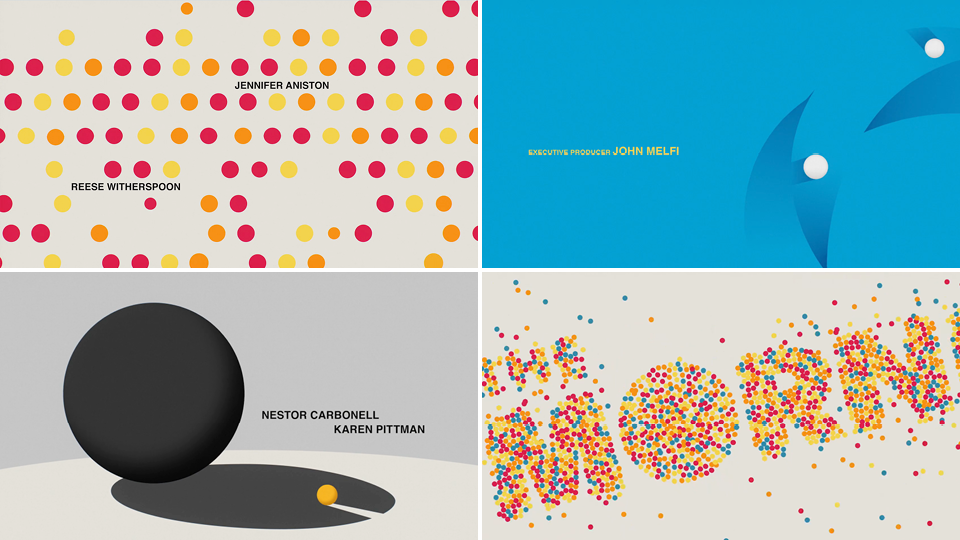I think Xander’s cited project, thispersondoesnotexist.com, is a fascinating project involving AI. I agree with Xander’s notes about the controversy but I don’t agree that people should worry about this type of system. It’s really interesting to me how they can form a full face out of cherry picking and choosing different features to make a face. Xander talked about how this type of software could be used for facial recognition but I also think this could exist as sort of a payment type in the future. I think that the technology can be adapted to then recognize people from their faces and be able to connect them to their bank account or credit card info.
Link: https://courses.ideate.cmu.edu/15-104/f2020/2020/10/08/lookingoutwards-06-2/
![[OLD FALL 2020] 15-104 • Introduction to Computing for Creative Practice](https://courses.ideate.cmu.edu/15-104/f2020/wp-content/uploads/2021/09/stop-banner.png)



